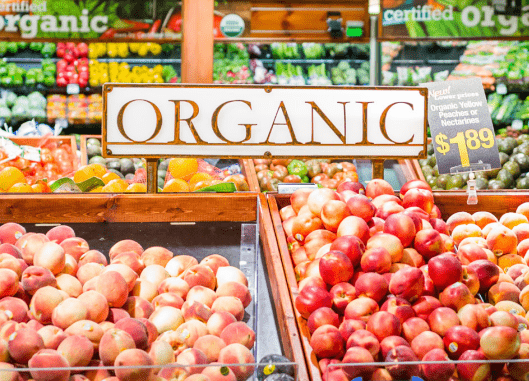Organic products from the US to Mx: US$203 M

Exports of organic products from the United States to Mexico in 2021 were valued at 202.5 million dollars, according to data from the Department of Commerce.
First of all, on December 28, 2020, Mexico delayed the entry into force of its new organic requirements, thereby providing continued market access for organic products from the United States while Mexico clarified its new requirements.
Throughout 2021, at the request of the United States, Mexico provided additional information on the implementation of its new organic requirements.
The new requirements then went into effect in January 2022.
Organic products
Prior to the Covid-19 pandemic, the Mexican government addressed Mexico’s ranking as first in the world for childhood obesity and second for adult obesity by launching a public health campaign addressing obesity, heart disease, high blood pressure and diabetes.
As consumers slowly emerge from a post-Covid-19 world, they are highly motivated to resume their old lives or improve their overall health and well-being.
As a result, according to the USDA, there is strong consumer interest in food products that contain reduced sugar, salt, and carbohydrates, gluten-free and lactose-free formulations, as well as organic, kosher, ketogenic, and natural product categories.
Today, premium, brand-name products are no longer limited to high-income earners.
The USDA also noted that with widespread interest in health and wellness, younger and middle-class consumers are now willing to pay more for health and wellness products, such as body care products that claim to reduce stress, increase the responsiveness of the immune system, promote sleep and control weight or improve appearance.
According to the Inegi, Mexico ranks as the 11th most populous country in the world with almost 127 million inhabitants (2020 Census), in addition to having the largest Spanish-speaking population in the world.
The average age of Mexico’s population is 29 years and 79% live in urban areas.
Mexico City is the largest city, followed by Guadalajara, Monterrey, Puebla, Toluca, Tijuana, Ciudad Juárez and León.
Approximately 2% of the population is considered upper class, while 39.2% make up the middle class and 59.13% live below the poverty line.
![]()

